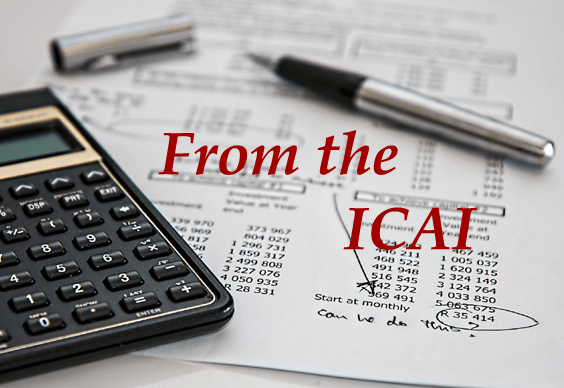New ITR forms for AY 2025-26 make filing taxes easier for small investors
New Delhi, May 1, 2025
Salaried taxpayers and small investors can now file simpler Sahaj and Sugam forms if LTCG from listed securities is up to Rs 1.25 lakh
The government has notified Income Tax Return (ITR) Forms 1 (Sahaj) and 4 (Sugam) for Assessment Year (AY) 2025-26, aiming to make filing returns simpler for small taxpayers and salaried individuals, especially those with modest long-term capital gains (LTCG) from listed securities.
Simpler filing for small investors
Individuals earning LTCG up to Rs 1.25 lakh annually from listed shares and mutual funds will now be able to file returns using ITR-1 or ITR-4 instead of the more complex ITR-2.
"This move reflects a clear shift towards enhancing taxpayer services by simplifying the return filing process for individual taxpayers," EY India's tax partner Samir Kanabar was quoted by PTI as saying. "It is expected to reduce filing-related stress and encourage greater voluntary compliance."
Previously, even exempt LTCG income required filing detailed forms like ITR-2 or ITR-3, leading to a heavier compliance burden for small investors.
Changes in deductions and reporting
The forms have also been updated to include:
Drop-down options for claiming deductions under Sections 80C, 80GG, and others.
Section-wise TDS disclosure to enhance transparency in tax credit claims.
According to PTI, the return utility will soon be available at the Income-Tax Department’s portal, with the date for filing returns set for July 31, 2025, for taxpayers not requiring an audit.
Background and delay in notification
Typically, ITR forms are notified before the end of a Financial Year. The delay this year, according to PTI, was due to the Revenue Department focusing on a new Income Tax Bill introduced in Parliament in February.
Expert View: Welcome relief for salaried taxpayers
Tax professionals have largely welcomed the changes.
"The ITR-1 and ITR-4 for AY 2025-26 remain broadly similar to last year’s versions, but the inclusion of LTCG under Section 112A within the Rs 1.25 lakh threshold is a significant improvement,” said Divya Baweja, partner, Deloitte India, in a statement. "This change allows eligible taxpayers to file simpler forms, which was not permitted earlier."
Sandeep Jhunjhunwala, tax partner at Nangia Andersen LLP, told PTI that earlier salaried individuals with even minimal capital gains were forced to use ITR-2, requiring detailed disclosures. “This inconvenience is now reduced,” he added.
Similarly, AKM Global’s Sandeep Sehgal noted that the new forms will make tax filing more accessible for small investors and salaried individuals, improving timely and accurate compliance.
Who can use sahaj and sugam?
ITR-1 (Sahaj): For residents earning up to Rs 50 lakh from salary, one house property, and other income (like interest), with agriculture income not exceeding Rs 5,000.
ITR-4 (Sugam): For individuals, HUFs, and firms (excluding LLPs) with income up to Rs 50 lakh from business or profession under the presumptive taxation scheme.
What is assessment year and financial year
Sure! Here's a clearer explanation:
Assessment Year (AY): It is the year following the financial year in which the income earned is evaluated and taxed by the Income Tax Department.
Financial Year (FY): It is the year in which an individual or business earns income, from April 1 to March 31.
[The Business Standard]

